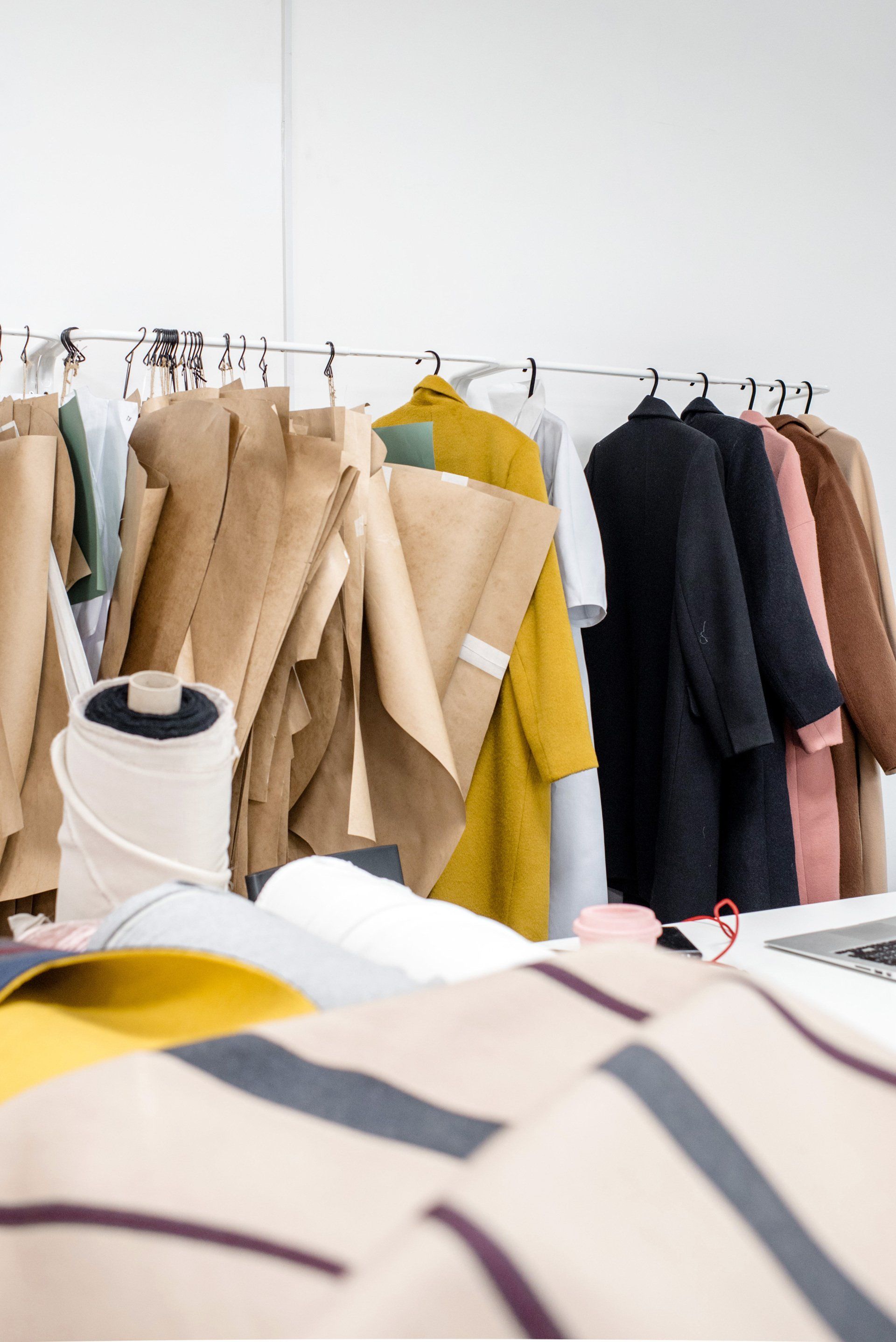Is your brand viewed favourably enough to be chosen?

It's likely that some customers will, and others won't, view your brand favourably enough to choose your product over your rival's product. Naturally, if you could get more customers to agree that your product is superior, your business will grow. This is where advertisements can come into play. To get the full benefit of advertising it's important to think about this entire sentence:
Do people agree that your brand... IS... SUFFICIENTLY... FAVOURABLE... to be CHOSEN?
It’s only when someone chooses to spend money on your brand, instead of someone else’s, that you see return on your marketing investments. It makes sense to try to convince those that already agree that your brand is sufficiently favourable, to make that choice today.Anders Lithner, Brand Metrics
But they are only going to make that choice if their view of your brand is sufficiently favourable. What if the world is full of people that don’t, but would if only they were told about the quality of your products and were exposed to the beauty of what you are offering? Unless everybody in the whole world already loves you, it makes sense to try make more consumers view your brand favourably.
This requires different messaging, and you will not see instant return on such marketing investments, in the sense that those that are affected might not choose you today. It will however increase the number of people that can be convinced into choosing your brand going forward.
But will people start favouring your brand if it’s not somehow already in their consideration? If previous experience of your messaging and products is not sufficient to put you on the list of brands that consumers can be amazed enough by to start favour? Probably not.
So, it also makes sense to use marketing to make sure you are at least on the list of considered brands. Such marketing is even further away from giving instant returns, but it means there will be more people to push into preference.
And lastly, getting into people’s consideration set, is almost hopeless if they don’t already know that you exist. That’s the IS in the headline. People need to know that you exist. Awareness doesn’t come with a colour or tone. It’s a cognitive notion about something’s existence.
Therefore, it also makes sense to use advertisements to give people that cognitive notion. Increasing the number of people that are aware of you, means broadening the base of people that can be encouraged into considering your brand. This means growing the base from which you can hope to inspire preference for your brand over other brands, which is the only group you can hope to get chosen by.
With modern advertising offering such an array of ways to target people who are close to conversion, it’s easy to think that that’s the best way to spend your ad dollars. And as you do, you can tap yourself on the back while looking at how your investment corresponds to sales.
But in fact, it’s not the best way to spend your money. It’s the other way around. You need to operate at all stages but increasing the upper part of the funnel often has higher long-term return on investment than harvesting the segments who might have bought your product with or without being exposed to advertisement.
The moral of the story: to get good return on advertisement investment, you must look away from instant returns; from being chosen now – and start building the segments that will eventually choose you.
Make sure that as many as possible agree that your brand…
…is… (awareness)
…sufficiently… (consideration)
…favourable… (preference)
…to be chosen (action/conversion)
The most profitable brands in the world master the art of taking consumers on this journey, from not being aware, into knowing about the brand; from simply knowing, into liking; and from liking into buying.
One of the key skills to do this, is to have the courage to trust data about the brand lift of campaigns more than data about the number of conversions.
Also published in: Marketing Donut
Podcasts powered by AudioHarvest



